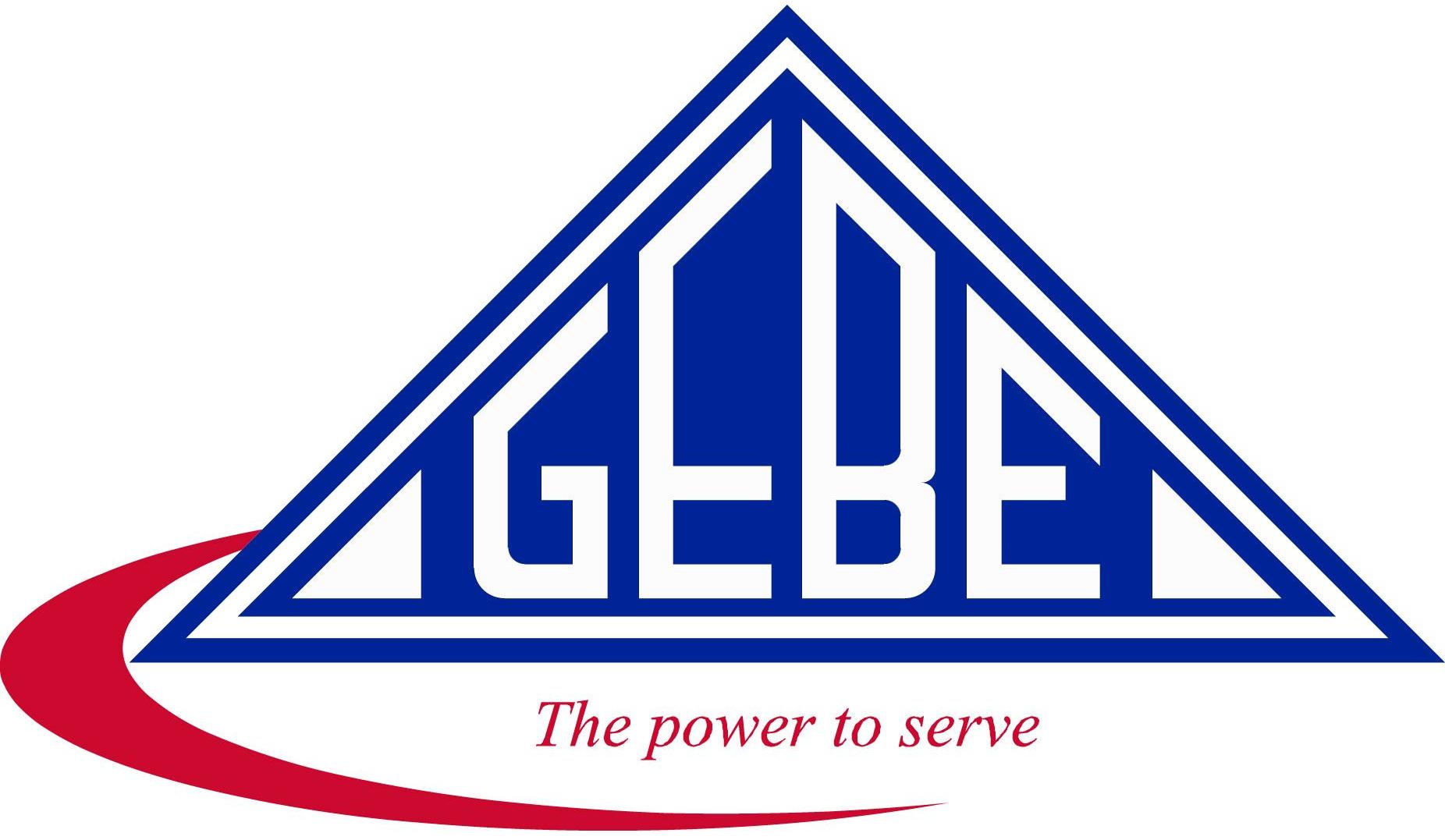
At NV GEBE, we provide our customers with safe, reliable, and affordable energy. We are constantly upgrading our electric system, and we’re proud to have our customers witness the benefits of our work. Our work and commitment has significantly reduced both the frequency and duration of power outages.
Understanding the System
Transmission System:A set of high-voltage wires that run on large, metal towers which forms an interconnected grid that brings electricity from power plants to substations.
Distribution System:Equipment including poles, wires, transformers, substations, circuit breakers, and feeders that collectively deliver electricity from a substation to customers’ homes and businesses.
Improving Reliability
To improve service, we’ve implemented changes across our entire system, including:
-
Trimming Trees: Trees and limbs that fall on power lines are a direct cause of power outages. In fact, most outages during inclement weather are caused by trees. As part of our accelerated tree-trimming program, we’ve more than doubled the number of experienced tree trimmers working in the field.
-
Upgrading Priority Feeders: Feeders are power lines that provide service to about 1,100 people within a neighborhood. We are proactively identifying and replacing portions of feeders that no longer perform reliably.
-
Replacing Aging Infrastructure: Some of our equipment has been in service for decades. Although it has served our communities well, we need to replace and modernize aging infrastructure in order to handle the ever-changing needs of our communities.
-
Installing Advanced Technology: We are installing advanced controls that allow us to identify outages, automatically isolate nonperforming equipment and re-route power quickly in order to speed restoration.
-
Preparing for System Growth: As communities grow, energy needs grow with them. We are upgrading power lines and equipment to meet our customers’ needs today and in the future.
-
Moving Select Power Lines Underground: In some areas, improvements to the traditional overhead system do not meet our goals for reliability. We are identifying these areas and selectively replacing overhead lines with underground systems.
